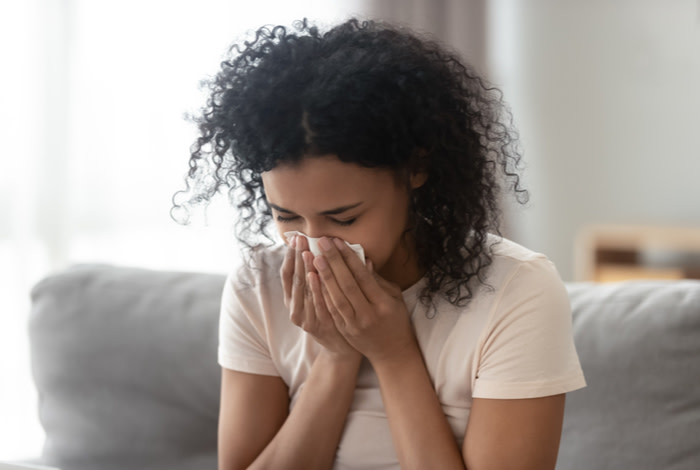
Between the months of August and May, millions of Australians stock up on tissues and antihistamines in preparation for the dreaded pollen onslaught and allergic rhinitis - AKA hay fever.
Close to 3 million Australians suffer from the respiratory condition, every year forced to endure months of sneezing, wheezing, watery eyes, nasal congestion, itchy face and sinus pressure. And we haven’t even mentioned the irritability caused by poor sleep patterns and incessant discomfort.
Pharmacies and doctors are constantly barraged with questions on how to handle this seasonal issue. While eliminating your exposure to pollen, which is the main cause of hay fever symptoms, would vastly reduce your symptoms, that’s easier said than done given the fact pollen is almost everywhere from spring through to autumn.
Tips to alleviate hay fever symptoms
Here are some more practical tips to alleviate hay fever symptoms.
- Defend your home from the pollen invasion - Try to keep your doors and windows closed as much as possible. If possible, avoid drying clothes outside. This will help to stop pollen being brought into your house.
- Rub a dub dub - After you’ve been outside for an extended period of time, be sure to change your clothes and have a shower. This will remove any lingering pollen from your body.
- Ditch the fresh flowers - If fresh flowers cause you irritation, it may be time to bin the blooms. If you can’t live without petals in the home, roses, lilies, peonies, hydrangeas and camellias are just a few of the hay fever-friendly options available.
- Make cleanliness your friend - If you or a loved one suffers from hay fever or another respiratory condition such as asthma, a quality vacuum is a must, ideally one with a high-efficiency particulate air (HEPA) filter. Regular vacuuming and dusting will help to collect allergens and stop the pollen building up and spreading around the home. Air purifiers can also help.
- Stay off the grass - Grass is one of the most common activators of hay fever and pollen allergies. So, if you’ve ever been looking for a valid excuse to get out of mowing the lawn, this is your chance. You should avoid walking or playing on grass as much as you can, particularly at dawn, dusk and night. This is when the pollen count is at its peak. If you do mow, be sure to wear a mask.
- Don the shades - One of the most annoying symptoms of hay fever is red, itchy eyes that seem to never stop watering. Not only is it irritating and uncomfortable, but it also results in people constantly asking if you’ve been crying. Wearing sunglasses is an essential defence tool that will minimise the amount of pollen that gets in your eyes - and keep the tears at bay.
- Keep an eye on the weather - As perfect as a summery day may look from the safety of your kitchen, it can be your worst enemy on days when the pollen count is high. Before you go on a picnic or nature hike, be sure to check the pollen levels here. If it’s high, you may want to head to the movies instead. Other weather patterns to be mindful of are thunderstorms and strong winds, both of which can stir up pollen.
- Get steamy - Combine boiling water with essential oils such as tea tree and eucalyptus, place your head over the bowl and inhale the steam. This is useful in easing nasal congestion and pressure and clearing mucus. If your symptoms also include wheezing, it is recommended to see a doctor. This may be a sign of asthma. You can book an appointment here.
- Medication - Depending on the severity of your symptoms, you may be able to alleviate symptoms with common over-the-counter medication. For more severe allergies and symptoms, it is recommended you see a GP or health practitioner. To find a doctor and book an appointment near you, you can visit the MyHealth1st booking portal.